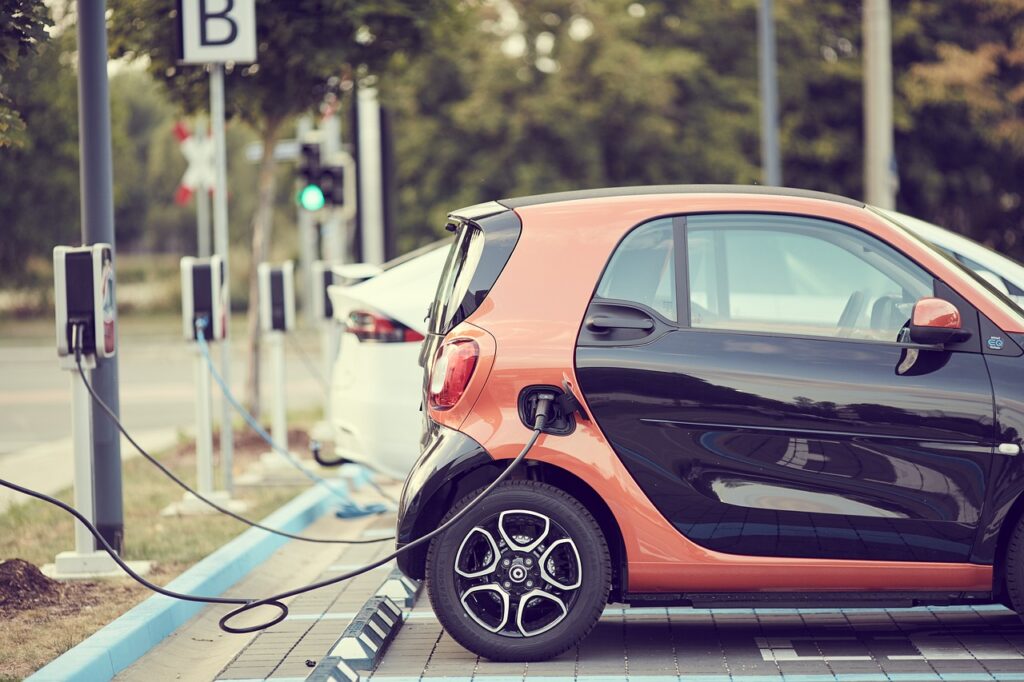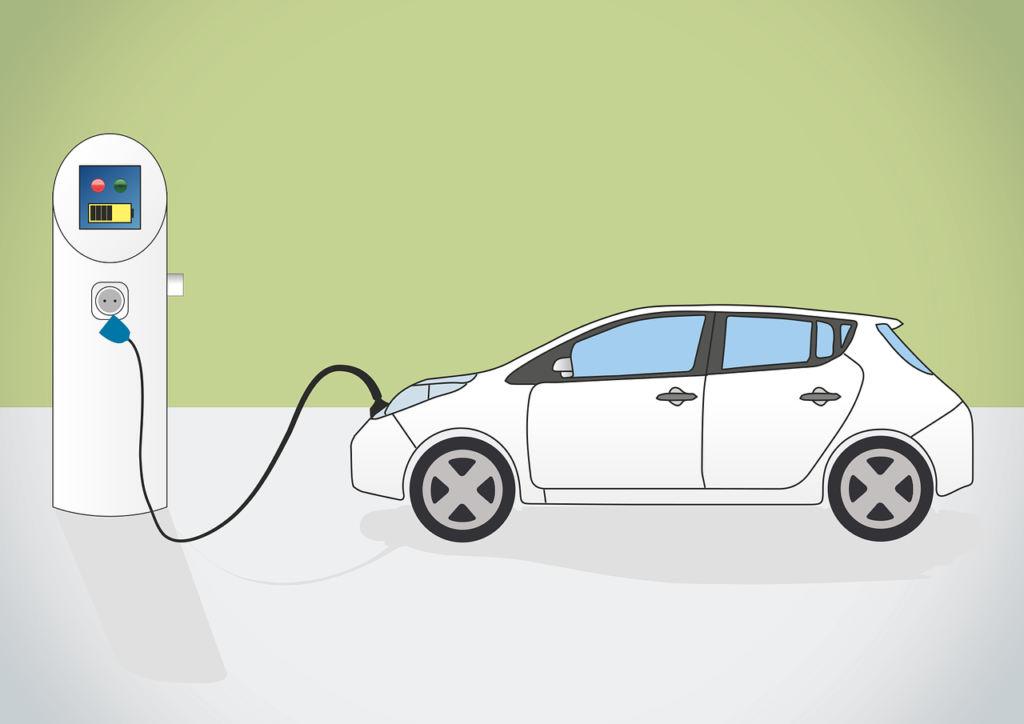electric vehicle (EV) charging infrastructure, recent challenges have unveiled themselves in the wake of extreme weather conditions, particularly during the winter months. However, as we peer into the future, a startling revelation surfaces – the upcoming summer could pose even greater threats to the functionality of DC fast chargers.
In this exploration, we dissect the intricacies of these challenges, emphasizing the critical role of temperature regulation in ensuring the seamless operation of charging stations.

As temperatures soar, the reliability of DC fast chargers comes under scrutiny, revealing a vulnerability that surpasses the challenges posed by winter’s icy grip. Heat emerges as a formidable adversary, wreaking havoc on the electrical systems of chargers, particularly when adequate cooling mechanisms are absent.
The Perils of Unchecked Heat
Tobias Lescht, Head of Infrastructure at Revel, a prominent NYC-based ride-hail startup, unequivocally declares, “Heat is definitely worse than the cold.” This sentiment is echoed by Nathan Yang, Chief Product Officer at Flo, a network operating fast and slow chargers across the U.S. and Canada. The duo elucidates how high temperatures exacerbate challenges in managing the heat generated during the fast charging process.

A Looming Threat: Rising Temperatures
2023, as declared by the National Oceanic and Atmospheric Administration (NOAA), marked the warmest year in recorded history. Projections for 2024 indicate a continuation of this trend, necessitating proactive measures in the face of intensifying heat. As Revel expands its footprint with DC fast chargers in various cities, including New York, the challenges reminiscent of an amalgamation of Uber and Electrify America become apparent.
Anatomy of Charging Failures: Lessons from the Midwest
The recent winter woes in the Midwest, where Tesla owners found themselves stranded, offered a glimpse into potential charging failures. While Revel and Flo chargers in New York remained resilient during the cold snap, speculation arises regarding the chargers that succumbed to winter’s grasp in the Midwest.
Cooling Systems Under Scrutiny
Lescht speculates that the failed chargers in the Midwest might have been liquid-cooled. The distinction between air-cooled and liquid-cooled chargers, such as Tesla’s V2 and V3 Superchargers, sheds light on the intricate components susceptible to extreme temperatures. Cables, especially on the V3 Superchargers, require liquid cooling to regulate amperage and heat effectively.
Preventive Measures: Sensor Integration and Oversized Blowers
Flo takes a proactive approach, incorporating 400 sensors in its DC fast chargers to measure temperature, strain, and pressure for the glycol cooling system. This sensor-rich environment enables a detailed analysis of potential issues, facilitating preventive measures and firmware improvements. Additionally, installing oversized blowers emerges as a solution to enhance airflow capacity, ensuring optimal cooling and a smoother charging curve.
Real-world Performance: Uptime Metrics and Reliability
As we assess the real-world performance of charging networks, metrics become pivotal in gauging reliability. Flo’s Level 2 chargers, as reported by the City of New York and Con Edison, boasted an impressive uptime of over 99%. Revel’s DC fast chargers maintained an uptime of more than 98% in December 2023 at key locations in Brooklyn. However, it’s essential to note that extreme cold temperatures have been absent in NYC for years, despite the gradual warming of summers.
The Unrivaled Titan: Tesla Supercharger Network
In the landscape of EV charging, the Tesla Supercharger network stands as an unrivaled titan, offering the most reliable and comprehensive charging infrastructure in the U.S. Although challenges persist, addressing them requires a multifaceted approach. Key elements include enhanced driver education on features like battery preconditioning, the installation of chargers with improved operating temperatures, and the establishment of a robust network ensuring alternative charging options are readily available.
Pingback: OFFICIAL: Maserati MC20 Going Electric Next Year And Quattroporte EV Delayed - InsideEVs